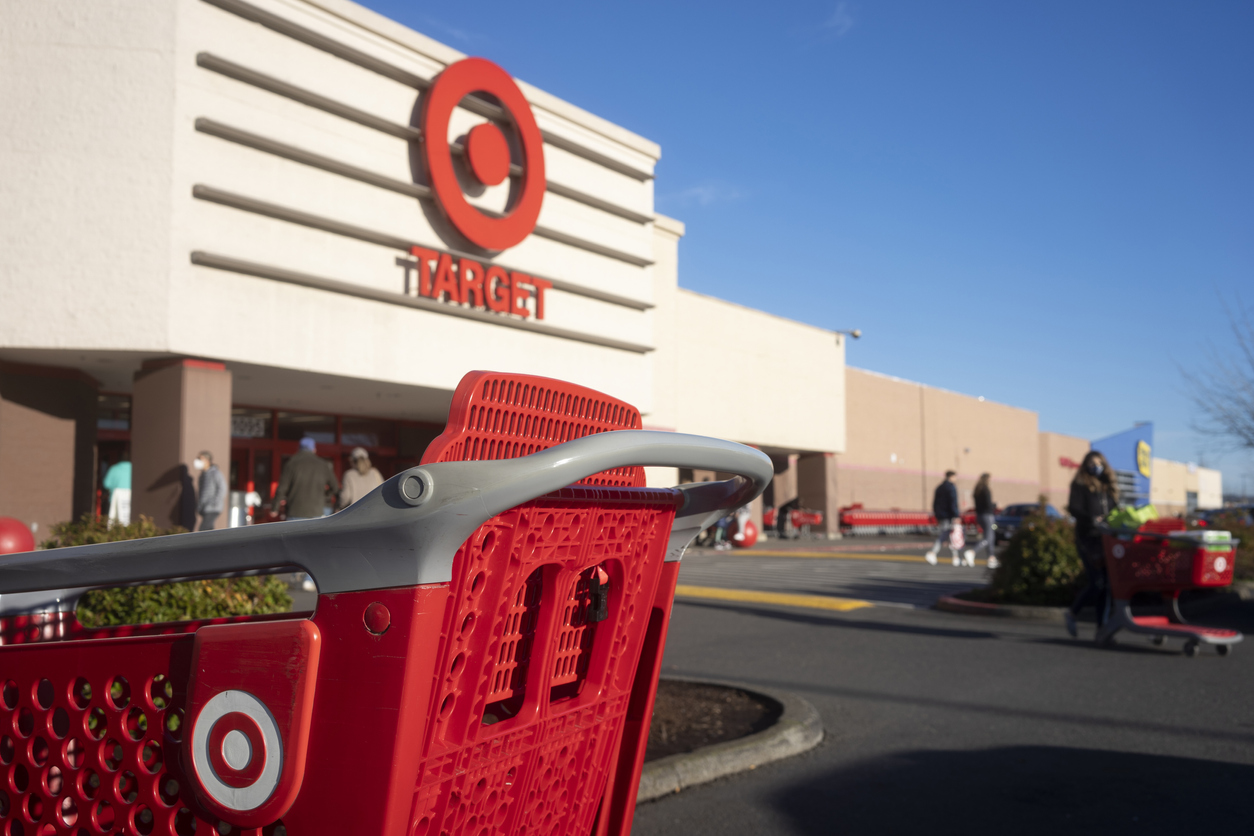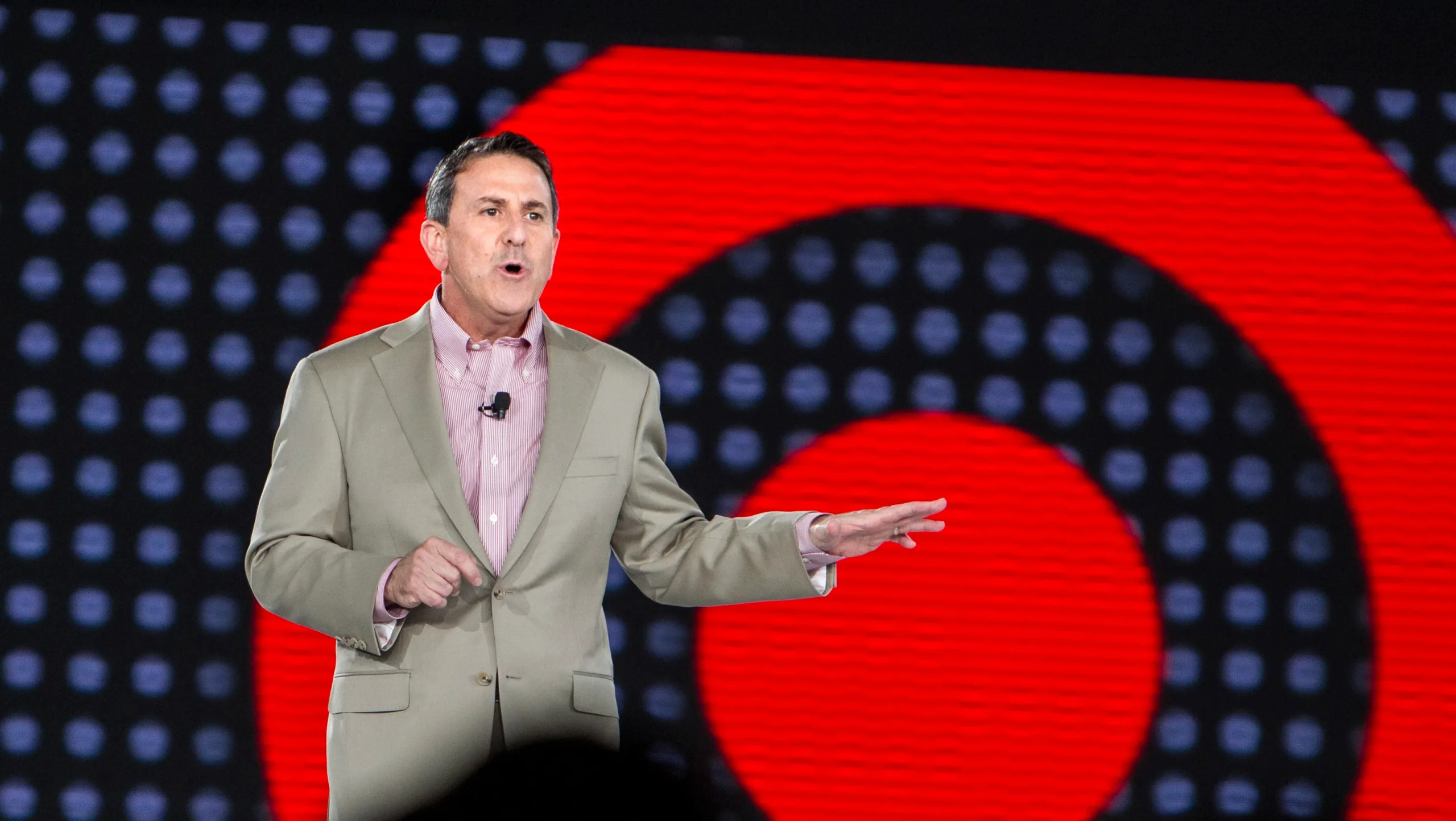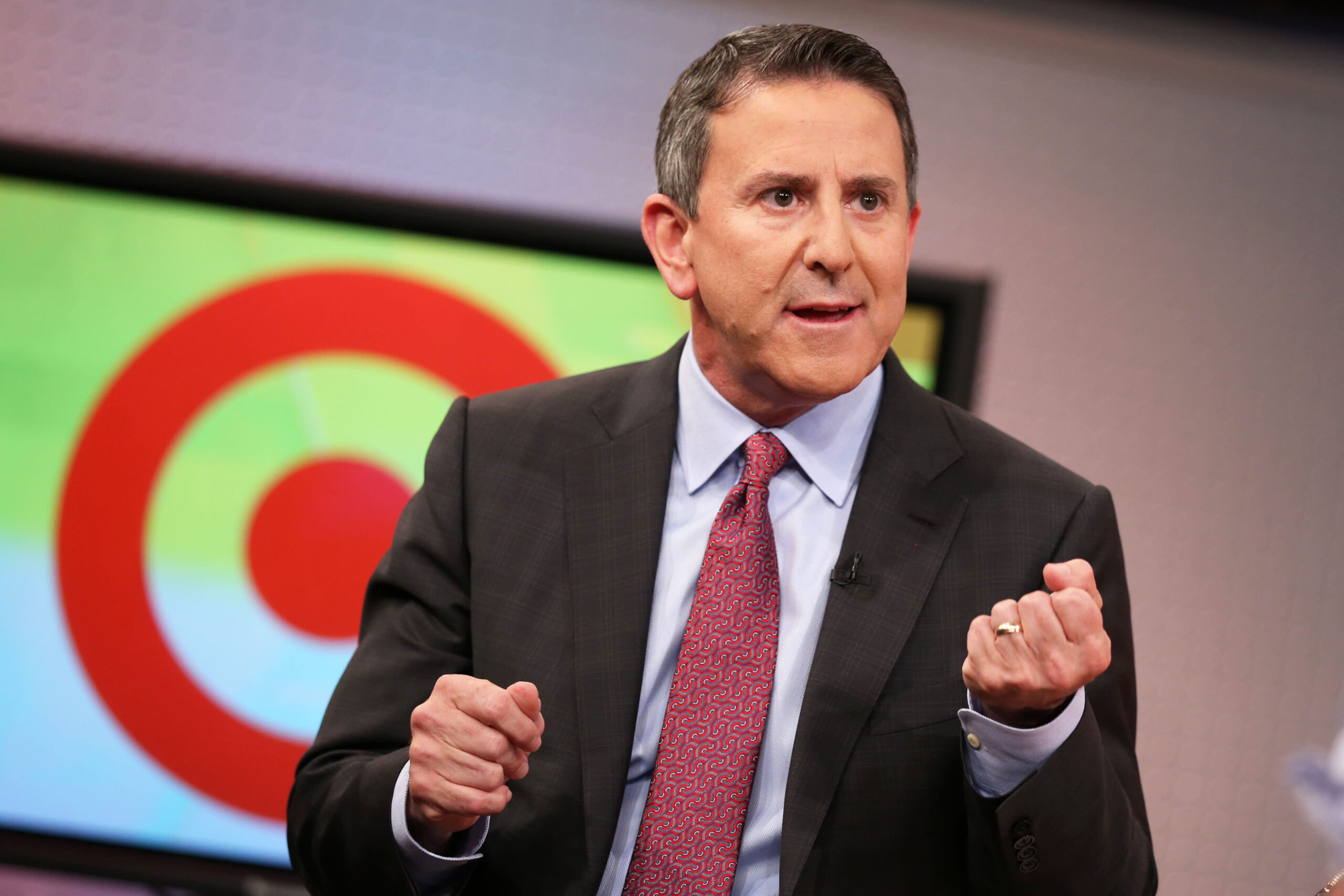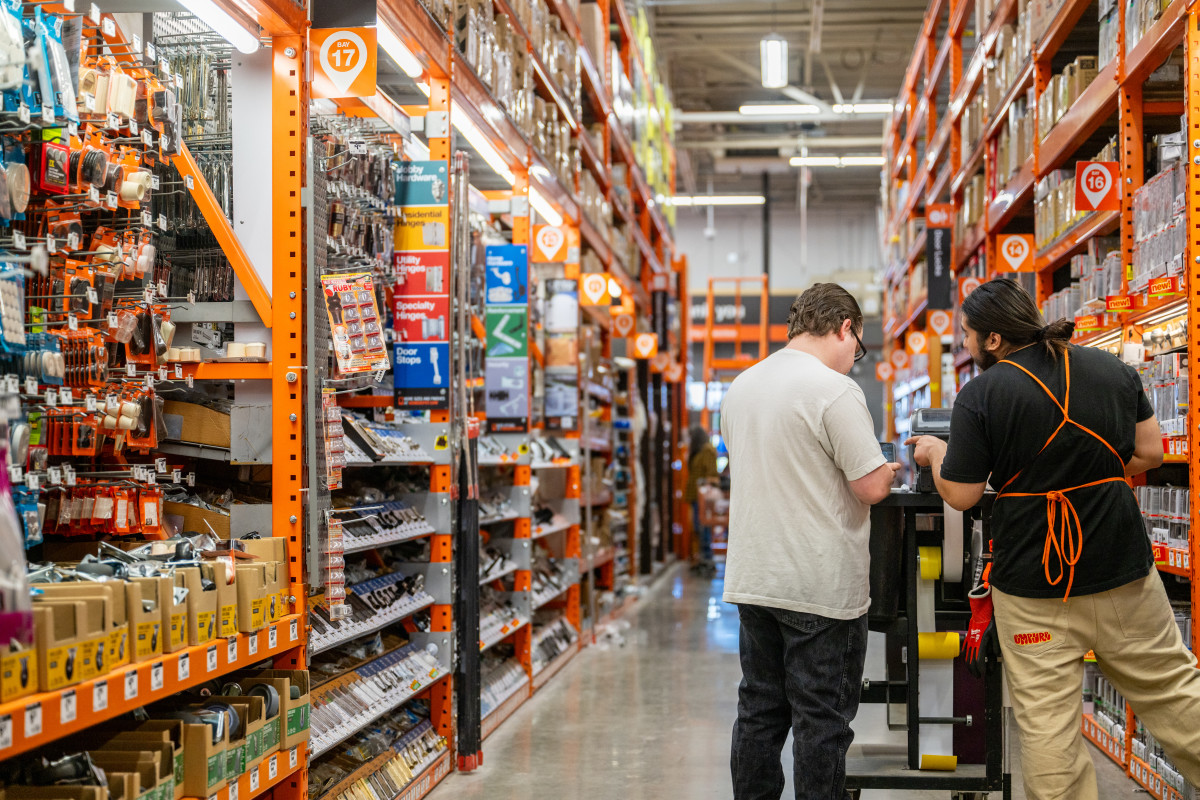As you navigate through your daily shopping routines, whether in-store or online, you might have noticed a recurring theme: rising prices. The recent Consumer Price Index (CPI) report highlights a 0.3% increase in April from the previous month, with an annual rise of 3.4%, signaling that inflation is still a significant concern for consumers and businesses alike. This subtle yet persistent inflation impacts everyone, with the most noticeable changes observed in essentials like food, energy, and transportation.
“The index for shelter rose in April, as did the index for gasoline. These two indexes alone contributed over 70% of the monthly increase in the index for all items,”

according to the latest CPI data. This incremental yet relentless climb in prices underscores the broader economic pressures affecting both the marketplace and the average consumer.
Strategic Price Reductions by Major Retailers
In response to these inflationary pressures, major retailers like Target and Walmart are taking notable steps to alleviate the financial burden on consumers by slashing prices on key items. This March, Walmart announced a significant price rollback on groceries, reverting them to pre-inflation levels, which was a move welcomed by shoppers.
“In food, prices are lower than a year ago in places like eggs, apples, and deli snacks, though they are higher in others, such as asparagus and blackberries,”
said Doug McMillon, CEO of Walmart.
Following suit, Target also made a strategic decision in May, announcing price cuts on approximately 5,000 items throughout its stores to help consumers combat inflation.

“We know consumers are feeling pressured to make the most of their budget, and Target is here to help them save more,”
said Rick Gomez, Target’s executive vice president. Some of the notable price reductions include essentials like Good & Gather Unsalted Butter, Organic Baby Spinach, and Clorox Scented Wipes.
The CEO’s Outlook on Economic Trends
Despite these efforts, Target’s CEO, Brian Cornell, expressed concerns during the company’s recent earnings call. He noted a shift in consumer behavior, with more individuals opting for experiences over goods, a trend that emerged during the pandemic and continues to influence spending patterns.

“Business trends continue to reflect a normalization in spending patterns... This normalization, combined with the cumulative impact of higher prices on consumer budgets, is resulting in continued soft trends in discretionary categories, most notably in home and hard lines,”
Cornell explained.
Target reported a 3% decline in year-over-year sales, with earnings slightly below expectations. However, the company maintains its forecast for the fiscal year, expecting comparable store sales to stabilize and potentially achieve up to 2% growth.
Conclusion: Adapting to New Consumer Realities
The ongoing economic challenges underscore the necessity for retailers to adapt and respond to changing consumer needs and economic conditions. While price cuts offer temporary relief, the broader economic factors, including persistent inflation and shifting consumer preferences, will continue to shape the retail landscape.

As companies like Target and Walmart strive to balance competitive pricing with economic realities, their strategies will likely influence not only their bottom lines but also the economic well-being of their customers.
In this evolving economic scenario, both consumers and companies are navigating a complex terrain of high prices and changing spending habits, highlighting the critical role of strategic pricing and consumer understanding in maintaining market stability and consumer satisfaction.










